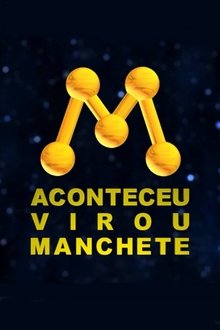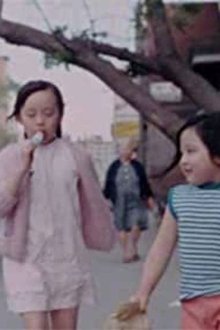Hard-hitting depiction of the danger to children of burns and scalds.
Related Movies

First Day of School (2024)
A documentary about an Iranian boy's first day of school. The beginning of hardships and understanding the realities of life, and perhaps unwanted pain and suffering.
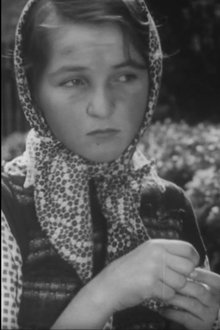
Let All Children Smile (1957)
The film's protagonists are the orphaned children taken into custody by the state and institutionalized at Children's House no. 6 from Bucharest. For Mészáros, the concern for the situation of children left orphaned during the Second World War is autobiographical: the director directly experienced the absence of parents in her own childhood.

Born Schizophrenic: Jani & Bodhi's Journey (2014)
Jani, now 11, is showing improvement in keeping her hallucinations at bay. But the same cannot be said for Bodhi, now 6. His dangerous outbursts have landed him in the hospital; leaving the doctors and family with a puzzling diagnosis.
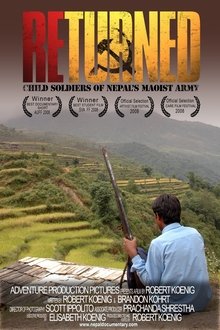
Returned: Child Soldiers of Nepal's Maoist Army (2008)
Imagine being forced to leave your family and fight in war you don't understand - and you are only eleven years old. Sadly, for many of these child soldiers in Nepal this is a reality and the peace process has not solved their problems. These children quickly discovered that the return home is even more painful than the experience of war. Returned weaves the voices of Nepal's child soldiers, organizations working to help them, and military leader's from Nepal's opposing forces, who answer challenging questions about their use of childen as warriors.
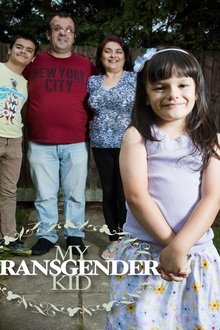
My Transgender Kid (2015)
Two British families discuss the challenges they face raising children who identify as a gender different from the one they were assigned at birth.
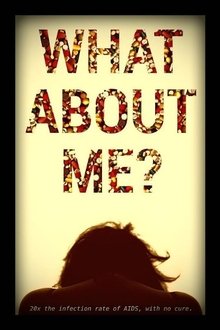
What About ME? (2016)
Inside the dramatic search for a cure to ME/CFS (Myalgic Encephalomyelitis/Chronic Fatigue Syndrome). 17 million people around the world suffer from what ME/CFS has been known as a mystery illness, delegated to the psychological realm, until now. A scientist in the only neuro immune institute in the world may have come up with the answer. An important human drama, plays out on the quest for the truth.
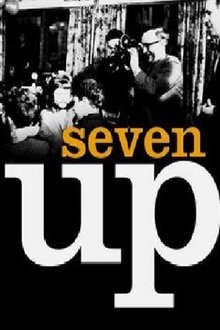
Seven Up! (1964)
A group of British children aged 7 from widely ranging backgrounds are interviewed about a range of subjects. The filmmakers plan to re-interview them at 7 year intervals to track how their lives and attitudes change as they age.
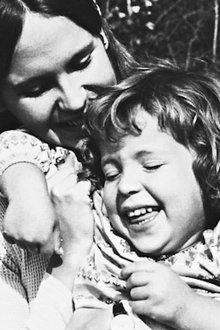
Chris and Bernie (1975)
The story of two young single mothers who join forces to make a new kind of family unit for themselves and their children.
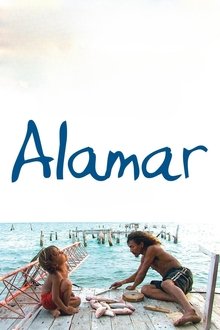
To the Sea (2010)
Before leaving for Rome with his mother, five year old Natan is taken by his father, Jorge, on an epic journey to the pristine Chinchorro reef off the coast of Mexico. As they fish, swim, and sail the turquoise waters of the open sea, Natan discovers the beauty of his Mayan heritage and learns to live in harmony with life above and below the surface, as the bond between father and son grows stronger before their inevitable farewell.
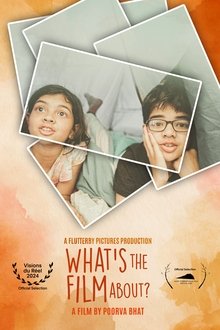
What's the Film About? (2024)
During a camping weekend, Indian filmmaker Poorva Bhat tries to find the right way to discuss consent with her two children. In the intimacy of the tent, the three find the safe space needed to explore together the innocence or otherwise of looks and gestures, both in everyday life and in the cinema.
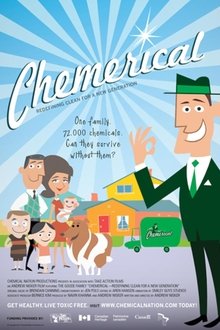
Chemerical (2009)
'Chemerical' explores the life cycle of everyday household cleaners and hygiene products to prove that, thanks to our clean obsession, we are drowning in a sea of toxicity. An average North American family try to turn a new leaf by creating and living in a toxic free home. Chemerical tackles the 'toxic debate' in a truly informative and entertaining way, not only by raising awareness, but more importantly, by providing simple solutions. Sparking awareness through an interesting and inspiring dialogue of an issue that affects the lives of everyone, Chemerical will seek to catalyze a change in behavior. Focusing on the lives and foibles of a family that subsists on a chemical dependent lifestyle, and bit-by-bit revealing its impact and scope on their own well-being and that of their fellow humans, the film will relate and share their story as a basis for connecting the dots between our consumer choices and community concerns.

Little Secret (1999)
A group of teenagers who have been selected to participate in a recreational white water rafting trip. All of the kids selected have AIDS or have been infected with the HIV virus. At some point during the trip, all the kids tell their stories and share their feelings about what their lives have been like since being infected with the virus and how they struggle to live normal lives with a hope of a cure in the future.

It Might Be You (1946)
A doctor talks about the number of injuries and deaths resulting from automobile accidents.
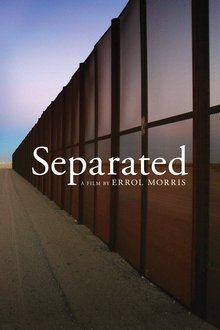
Separated (2024)
Academy Award®-winning filmmaker Errol Morris confronts one of the darkest chapters in recent American history: family separations. Based on NBC News Political and National Correspondent Jacob Soboroff’s book, Separated: Inside an American Tragedy, Morris merges bombshell interviews with government officials and artful narrative vignettes tracing one migrant family’s plight. Together they show that the cruelty at the heart of this policy was its very purpose. Against this backdrop, audiences can begin to absorb the U.S. government’s role in developing and implementing policies that have kept over 1300 children without confirmed reunifications years later, according to the Department of Homeland Security.

Aqua Babes (1956)
This short subject shows Lissa Bengston teaching a group of three- and four-year-olds how to swim in a pool. Miss Bengston, a member of the Royal Academy of Physical Education, Stockholm, Sweden, believes that at this age, children have no fear of the water and, therefore, can be taught to use their natural abilities to swim.

Nicotine - A Drug with a Future (2020)
The number of smokers in Europe is declining, yet the tobacco industry is still making considerable profits. Electronic innovations such as e-cigarettes and tobacco heaters play a significant role in this. Both are said to be far less harmful than conventional cigarettes. But is the aromatic steam really not a danger to our health?

